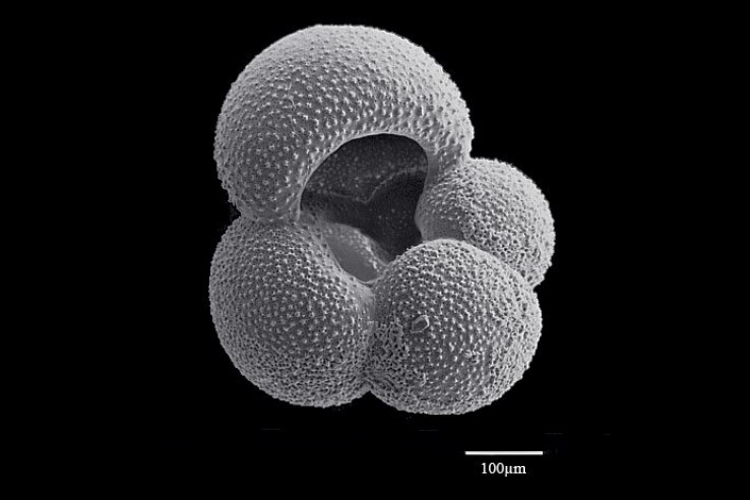Earth’s history sends climate warning

A new study of historical carbon dioxide levels stresses urgent action is needed to avoid prehistoric levels of climate change.
The international team of scientists, led by the University of St Andrews, collected data spanning the last 66 million years to provide new insights into the kinds of climates we can ultimately expect if CO2 levels continue to rise at the current rate. The projected rise would result in prehistoric levels of warmth that have never been experienced by humans.
The study, published in the scientific journal Annual Review of Earth and Planetary Sciences (Monday 31 May 2021) provides the most complete history to date of how CO2 has changed over the last 66 million years, the time since dinosaurs last roamed the planet. The data collected shows more clearly than ever before the link between CO2 and climate.
Working with colleagues from Texas A&M University, the University of Southampton and the Swiss University ETH Zürich, the international team pulled together data collected over the last 15 years using high-tech laboratory techniques.
Samples were taken from cores of mud from the deep-sea floor, where microscopic fossils and ancient molecules accumulate, preserving a story of what CO2 and the climate looked like at the time. By firing these ancient atoms through super sensitive instruments, scientists can detect the chemical fingerprints of past changes in CO2, which can be compared with present day changes. For example, the study explains, through fossil fuel burning and deforestation, how humans have now driven CO2 back to levels not seen since around three million years ago.
Dr James Rae, from the University of St Andrews School of Earth and Environmental Sciences, who led the international team explained: “For instance, the last time CO2 was as high as it is today enough ice melted to raise sea level by 20 metres and it was warm enough for beech trees to grow on Antarctica.
“If we allow fossil fuel burning to continue to grow, our grandchildren may experience CO2 levels that haven’t been seen on Earth for around 50 million years, a time when crocodiles roamed the Arctic.”
Dr Rae added: “CO2 has transformed the face of our planet before, and unless we cut emissions as quickly as possible, it will do it again.”
At COP26 in Glasgow this November, politicians will work on international agreements to lower CO2 emissions to net-zero levels, and prevent CO2 rising further.
The paper Atmospheric CO2 over the Past 66 Million Years from Marine Archives is published in Annual Review of Earth and Planetary Sciences and is available online.
Please ensure that the paper’s DO [10.1146/annurev-earth-082420-063026] is included in all online stories and social media posts and that Annual Review of Earth and Planetary Sciences is credited as the source.
Issued by the University of St Andrews Communications Office.